On 4 September, 2005, during the Italian Grand Prix at Monza, Kimi Raikkonen's McLaren MP4-20 was clocked at an impressive 370.1km/h. More than a decade later this remains F1’s all-time racing speed record - but could we see a new high water mark set this weekend in high-altitude Mexico?
Raikkonen's benchmark was achieved in the final season of the 3.0L V10 engine era - an era that, as many lap records still attest, was a particularly fruitful period for performance highs.
The nature of performance in F1 tends to be cyclical, with the regulations deliberately shifted at regular intervals when cars get too quick for the circuits. The last couple of cycles haven’t quite reached the peak of the mid-2000s, but recent trends suggest the sport is heading back that way now. Put simply: if the present course continues, records will fall.
Will the outright speed record be one of them? It isn’t something that can be taken for granted. The case for centres around the 366km/h that Sebastian Vettel and Pastor Maldonado hit in the thin air at Mexico’s Autodromo Hermanos Rodriguez last year. Undoubtedly F1’s engines are producing more power in 2016 than Vettel had in 2015, making high-altitude Mexico the prime candidate for a broken record.
The case against centres around the fact that the relationship between horsepower and outright speed is not linear, and also that outright end-of-straight [EOS] speed is not something teams necessarily target. Put starkly, there’s more lap time to be gained in going faster around the corners than down the straights, so Raikkonen's record may be safe for a while yet…
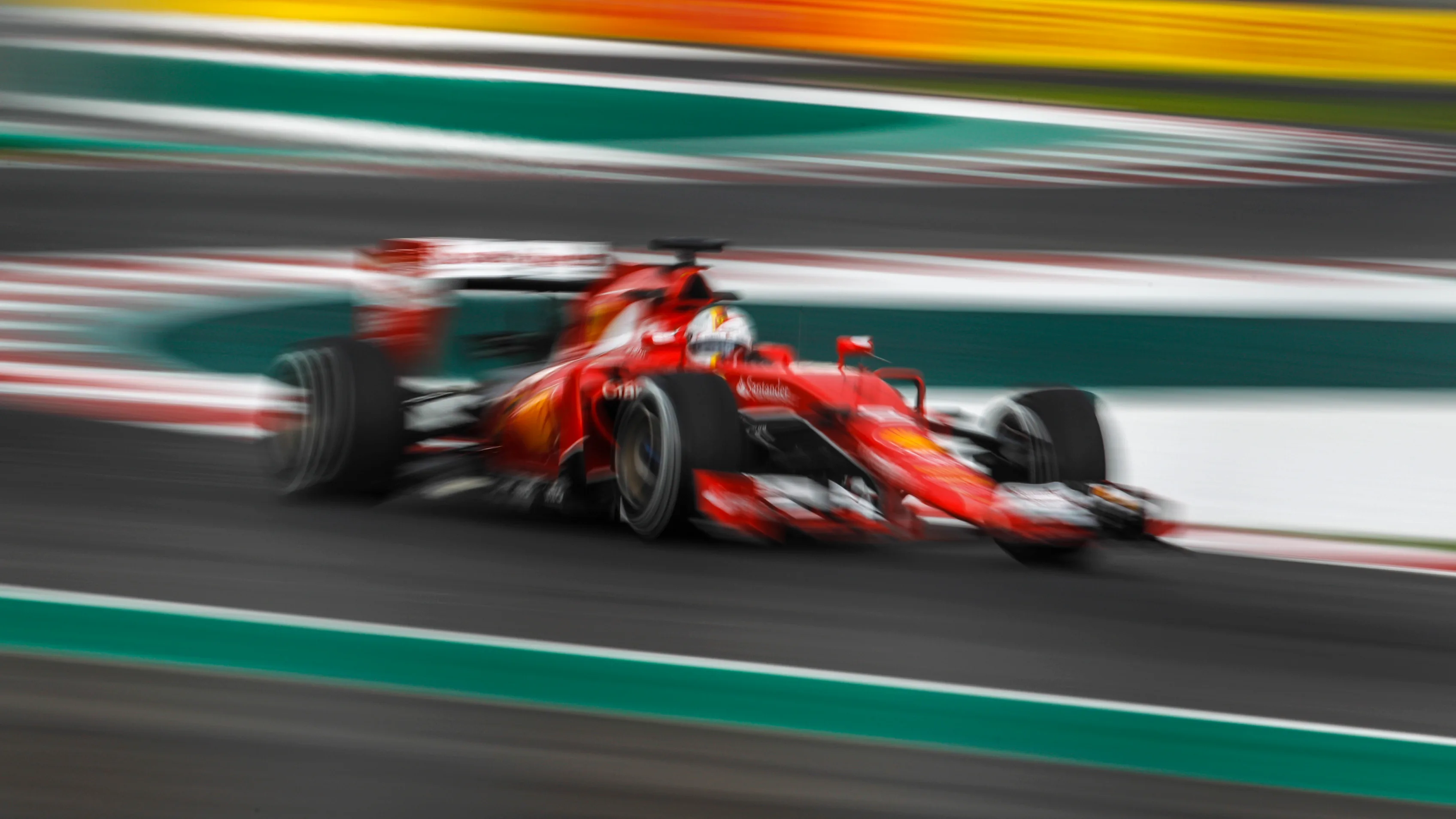
Pure power
One measure that brings a speed record into the realms of possibility is the phenomenal amounts of power modern F1 engines are producing. While the engine-makers remain understandably coy regarding absolute figures, senior Mercedes engineers are happy to claim their current powerplant as the most powerful race engine in the history of the sport.
The word ‘race’ is an important distinction. The previous turbo era of the mid-1980s saw teams building qualifying engines of prodigious output. Those one-lap wonders were capable of well over 1000hp - but were reduced to scrap after a short run. The most powerful race engines were a product of the early 21st century, producing 900-940hp in the final years of the V10 era. It is these that the current turbo-hybrids have finally outgunned.
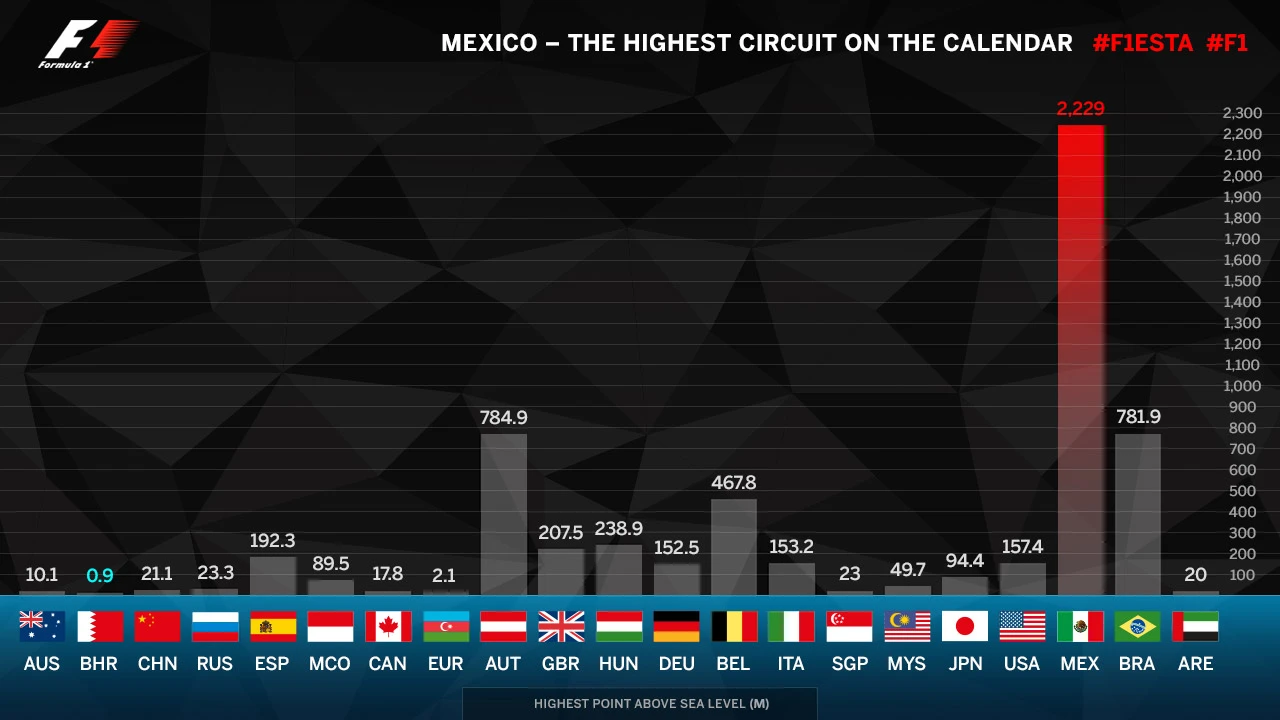
2005 vs 2016: a very different formula
If cars are more powerful now, why are they not automatically faster? Mercedes’ executive director (technical) Paddy Lowe explains that F1 was a very different beast in 2005. “Tyres were different in those days because there was tyre competition [between different manufacturers] - a tyre war. They had more grip, and with a higher grip solution you could take some wing off the car. Also, the cars were a lot lighter [around 100kg lighter] than they are today. So we have slightly more power but we’re heavier and have a bit less grip.”
There is also the issue of fixed ratios in the gearbox. “In those days you had to choose gear ratios, whereas now we’re stuck with whatever we picked for the season so [on high-speed circuits] gearing for EOS is off the table as an issue now. We’re purely picking the wing.”
Corners, not straights: finding lap time in F1
That doesn’t mean the modern cars are technically incapable of surpassing Raikkonen's benchmark - but teams don’t have any particular desire to go that quickly. They find lap time by trading top speed for downforce, improving performance through the corners, at the expense of performance on the straights. Cars have gone beyond the record speed already this year - albeit only in practice and only at an unfamiliar circuit where the cars weren’t fully dialled in via simulation in the way that would usually be the case. “I think we hit 378km/h in Azerbaijan,” says Rob Smedley, Williams Head of Performance Engineering. “Would we go as quick in a race? No way. More wing!”
Lowe echoes the sentiment. “We have more power [than Raikkonen had] - but you have to decide how to deploy it. Do you want a little bit more speed or a little bit more downforce? I guess for top speed it’s settling out in the 350km/h bracket. Not knowing much about Montoya’s set-up at the time, it’s possible it wasn’t the greatest strategy even then. Maybe they were running a configuration that wasn’t optimal!
“One of the features of F1 is that we tend to stay in the same bracket year on year, even decade on decade. I think 370km/h was a bit of an outlier. We’ve been in the range of 330-360km/h at Monza for 30 years. It’s no coincidence because we generally design the formula to normalise performance into a sensible bracket for close racing. We are the pinnacle of motor racing, the cars are the best out there - and we don’t want them to be stupidly quick. Safety is part of that but you also start to lose the entertainment if the cars become too fast to race closely. We’re always designing the rules to stay within boundaries. That may help answer the question: unless for some reason we decide on a completely different philosophy, pushing the speed into the 370-380km/h bracket… I think that’s unlikely.”
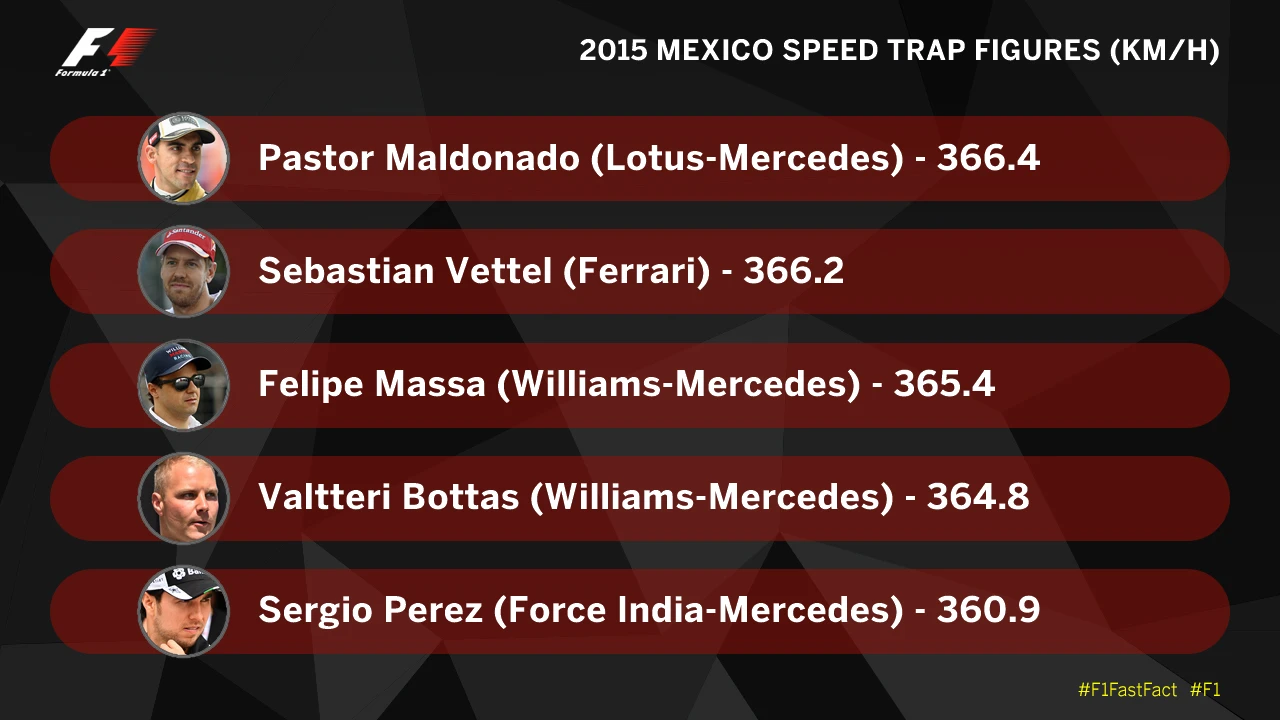
Less is more: the case for backmarkers
A caveat to Lowe’s verdict is that a record speed does not necessarily require a front-running car. Counter-intuitive though it may be, the leaders can be well down the order in the speed trap, preferring to sacrifice top speed in favour of greater downforce, gaining more back through the corners - particularly from corner exit speeds - than they lose at the end of straights. Red Bull, for example, were famously bottom of the table at the 2013 Italian Grand Prix and yet locked-out the front row in qualifying with Sebastian Vettel winning comfortably.
An oddity of current F1 is that teams with less effective aerodynamic performance are often faster in a straight line.
In 2016 this has been particularly noticeable. Manor struggle to develop downforce at the same pace as their peers but do have the dominant Mercedes power unit in their arsenal. As a result their car tends to have the lowest drag levels and has often been quickest through the speed trap - earlier this year at high-speed Hockenheim Rio Haryanto (who finished last) topped the speed charts with 349.9km/h, while winner Lewis Hamilton was 18th quickest with 337.1km/h.
So, could Manor or another backmarker grab a place in the record books? The prospect makes Manor’s racing director Dave Ryan laugh. “If we did, it would be something that just happened - we certainly wouldn’t go out with that in mind. Obviously being fast in a straight line is a quirk of where our team is at the moment, rather than something intentional - but it’s interesting. Something else to think about!
And that’s probably a fair summation of the overall situation: Raikkonen's record isn’t one that’s been actively pursued - but that doesn’t mean it won’t fall...
Next Up
Related Articles
 Quiz10 quiz questions on British F1 World Champions
Quiz10 quiz questions on British F1 World Champions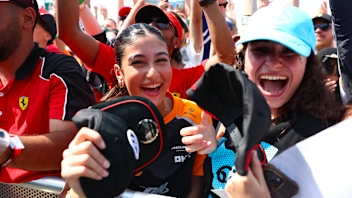 Formula 1’s record-breaking 2025 season in numbers
Formula 1’s record-breaking 2025 season in numbers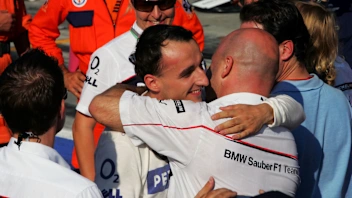 Sauber’s best moments and most memorable liveries in F1
Sauber’s best moments and most memorable liveries in F1 ExclusiveVesti on life as Mercedes reserve and his F1 plan
ExclusiveVesti on life as Mercedes reserve and his F1 plan Verstappen reflects on Mercedes talks and F1 future
Verstappen reflects on Mercedes talks and F1 future ExclusiveWhy Gasly feels ‘ready for my time’ in F1
ExclusiveWhy Gasly feels ‘ready for my time’ in F1